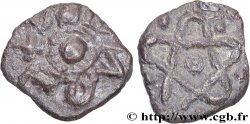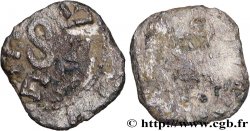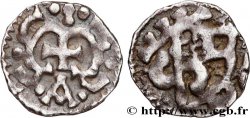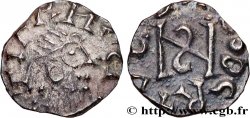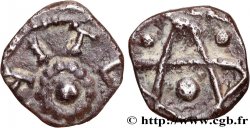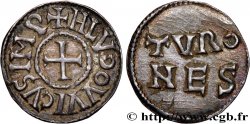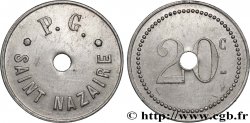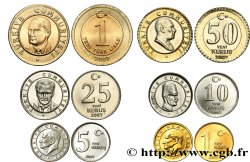You must signin and be an approved bidder to bid, LOGIN TO BID. Accounts are subject to approval and the approval process takes place within 48 hours. Do not wait until the day a sale closes to register. Clicking on "BID" constitutes acceptance of the terms of use of cgb.fr private live auctions.
Bids must be placed in whole Euro amounts only. The sale will start closing at the time stated on the item description; any bids received at the site after the closing time will not be executed. Transmission times may vary and bids could be rejected if you wait until the last second. For further information check the Live auction FAQ
All winning bids are subject to a 18% buyer’s fee.
All winning bids are subject to a 18% buyer’s fee.
| Estimate : | 1 200 € |
| Price : | no bid |
| Maximum bid : | no bid |
| End of the sale : | 05 September 2023 16:16:41 |
Type : Denier
Date: s.m.
Mint name / Town : Marmoutier à Tours (37)
Metal : silver
Diameter : 16 mm
Orientation dies : 12 h.
Weight : 1,26 g.
Rarity : R3
Coments on the condition:
Ce denier et frappé sur un flan large et irrégulier. Quelques faiblesses de frappe. Patine grise. Léger décentrage au revers
Predigree :
Monnaie provenant de la collection Philippe Schiesser publiée dans le RTSENA 7, n° 24 bis, p. 101
Obverse
Obverse legend : + MOI SCI / HARTN.
Obverse description : Buste diadémé à gauche.
Obverse translation : (Saint-Martin).
Reverse
Reverse legend : + NAVDE[GIS]ELO M.
Reverse description : Monogramme avec une boucle (SEMNOR).
Reverse translation : (Monétaire Naudegiselo).
Commentary
Le monogramme dit à la boucle n’a jusqu’à présent pas été déchiffré. On pourrait y voir les lettres composant le monogramme de Marmoutier en latin (sur le plan de l’étymologie Mar pour grand/majeur - voir les trois premières lettres du prénom Martin - et moutier pour monasterium). Saint-Martin se retira dans un ermitage à Marmoutier (actuellement Tours, au nord de la Loire). Un monastère y fut créé sur des ruines antiques. Il est bien attesté chez Grégoire de Tours (539-594) qui parle de “majus monasterium” (grand monastère). Ce monastère était autrefois en périphérie de Tours, d’où l’absence de référence à Tours (TVRONVS), mais la référence à Saint-Martin et au “grand monastère” par le biais du monogramme du revers. Le MOI en début de légende du droit pourrait signifier Monastère de Saint-Martin sauf s’il s’agit d’une déformation de RACIO se rencontrant sur certaines monnaies de Childéric II (673-675) frappées à Tours.
The so-called buckle monogram has not yet been deciphered. It could be seen as the letters composing the Marmoutier monogram in Latin (etymologically, Mar for great/major - see the first three letters of the first name Martin - and moutier for monasterium). Saint Martin retired to a hermitage in Marmoutier (present-day Tours, north of the Loire). A monastery was created there on ancient ruins. It is well attested by Gregory of Tours (539-594) who speaks of a “majus monasterium” (great monastery). This monastery was formerly on the outskirts of Tours, hence the absence of reference to Tours (TVRONVS), but the reference to Saint Martin and the “great monastery” through the monogram on the reverse. The MOI at the beginning of the legend of the right could mean Monastery of Saint-Martin unless it is a deformation of RACIO found on certain coins of Childeric II (673-675) struck in Tours
The so-called buckle monogram has not yet been deciphered. It could be seen as the letters composing the Marmoutier monogram in Latin (etymologically, Mar for great/major - see the first three letters of the first name Martin - and moutier for monasterium). Saint Martin retired to a hermitage in Marmoutier (present-day Tours, north of the Loire). A monastery was created there on ancient ruins. It is well attested by Gregory of Tours (539-594) who speaks of a “majus monasterium” (great monastery). This monastery was formerly on the outskirts of Tours, hence the absence of reference to Tours (TVRONVS), but the reference to Saint Martin and the “great monastery” through the monogram on the reverse. The MOI at the beginning of the legend of the right could mean Monastery of Saint-Martin unless it is a deformation of RACIO found on certain coins of Childeric II (673-675) struck in Tours







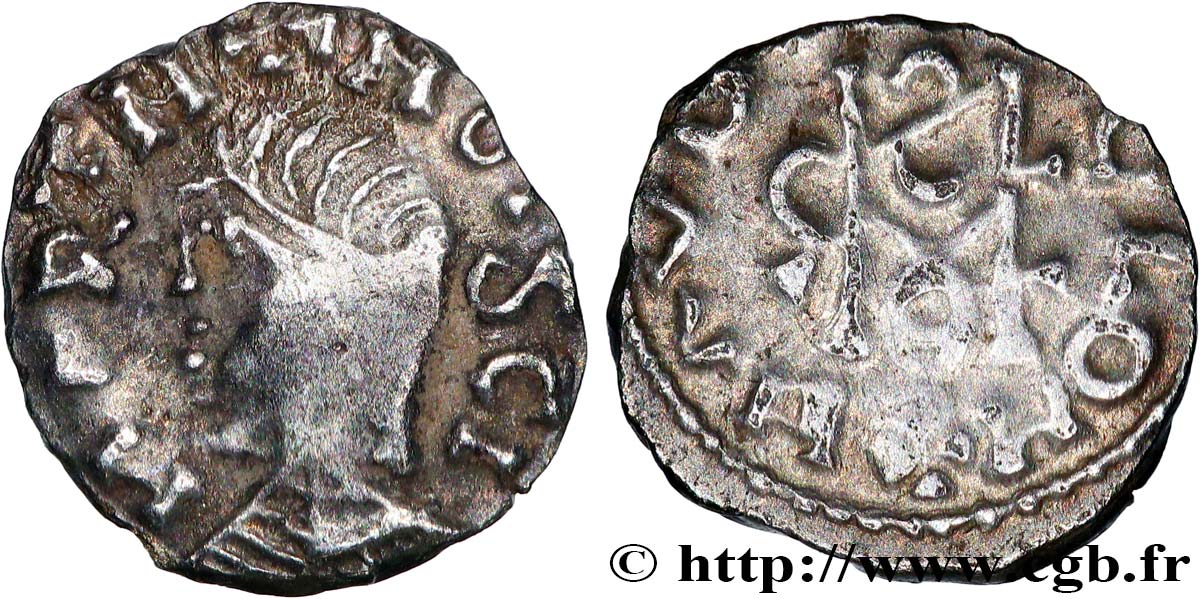
 Report a mistake
Report a mistake Print the page
Print the page Share my selection
Share my selection Ask a question
Ask a question Consign / sell
Consign / sell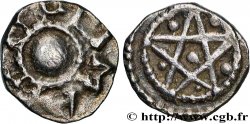
 Full data
Full data